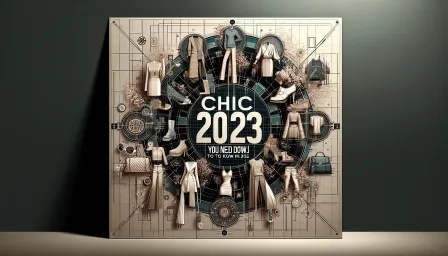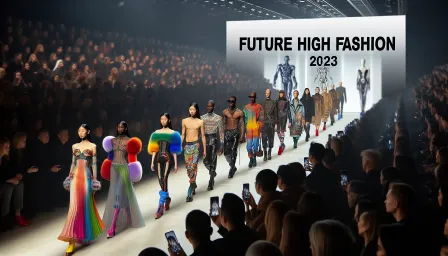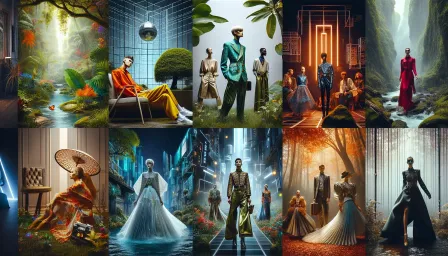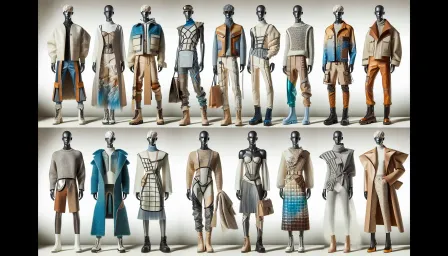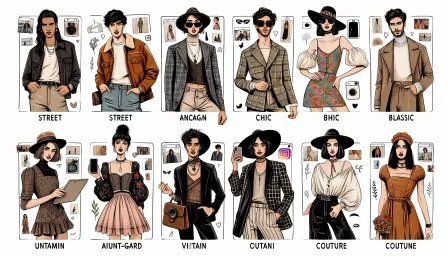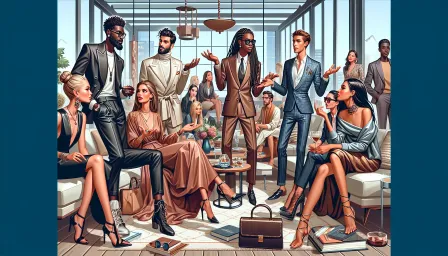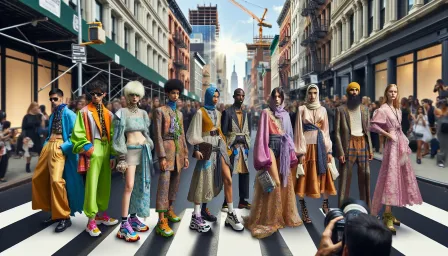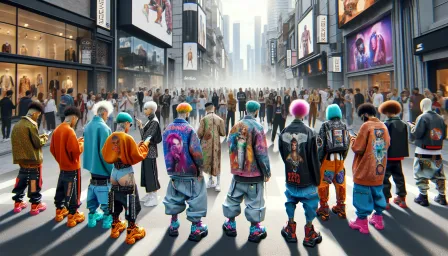Top 10 Fashion Industry Trends Shaping 2024
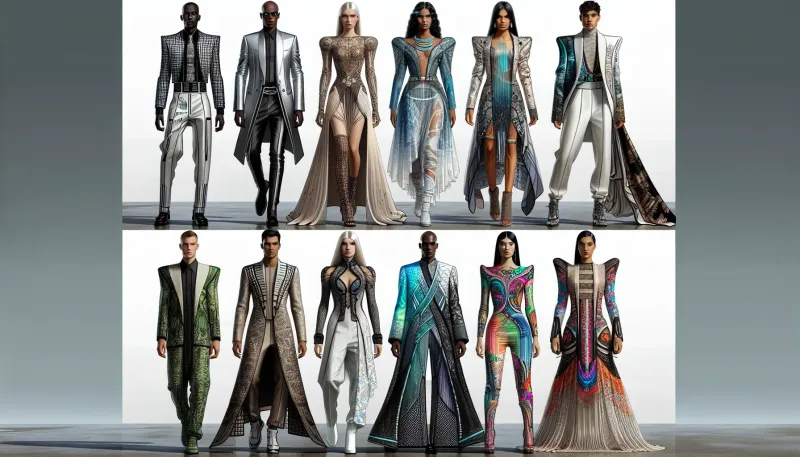
Discover the top 10 fashion industry trends shaping 2024. Stay ahead of the curve with insights on sustainability, technology, inclusivity, and more.
The fashion industry, known for its perpetual evolution, continues to surprise with new trends each year. As we navigate through 2024, various innovative trends are emerging that promise to reshape the fashion landscape. This article delves into the top 10 fashion industry trends that are making waves this year. From sustainability initiatives to technological advances, these trends are not just influencing how we dress but also how the industry operates.
1. Sustainability and Eco-Friendly Fashion
The demand for sustainable fashion has never been more significant. Consumers are increasingly aware of the environmental impact of their clothing choices. Brands are responding by adopting eco-friendly practices, such as using organic materials, reducing waste, and ensuring ethical labor practices. In 2024, sustainability is not just a trend but a necessity, helping brands to align with environmentally conscious consumers.
Biodegradable and Recycled Materials
Biodegradable fabrics and recycled materials have become more prevalent. Companies like Patagonia and Stella McCartney are pioneering efforts in using recycled polyester and biodegradable fabrics, aiming to reduce the carbon footprint of fashion production.
2. Digital Fashion and Virtual Runways
The digital transformation of the fashion industry is well underway. Virtual fashion shows and digital clothing have opened new avenues for creativity and accessibility. In 2024, brands have increasingly turned to virtual runways to showcase their collections, making fashion more inclusive and globally accessible.
Virtual Fittings and Augmented Reality (AR)
Augmented Reality (AR) technology allows consumers to try on clothes virtually. This innovation not only enhances the shopping experience but also reduces the return rates, as customers can see how an item fits before purchasing it.
3. Inclusive and Diverse Fashion
Inclusivity and diversity have become integral to modern fashion. Brands are increasingly embracing a broader spectrum of sizes, ethnicities, and genders in their campaigns and product lines. In 2024, this trend is expected to grow, reflecting the diverse identities and preferences of consumers.
Adaptive Clothing
Adaptive clothing, designed to meet the needs of people with disabilities, is gaining traction. Major brands like Tommy Hilfiger have launched adaptive lines, ensuring fashion is accessible to all.
4. Gender Fluid Fashion
The notion of gender in fashion is evolving. Gender fluid fashion, which blurs the traditional lines between men's and women's clothing, is gaining popularity. This trend is indicative of a broader cultural shift towards acceptance and fluidity in gender expression.
Unisex Collections
Many fashion houses are introducing unisex collections, offering versatile pieces that appeal to all genders. This inclusivity is reshaping retail strategies and broadening market reach.
5. Technological Innovations in Textiles
Advances in textile technology are driving the fashion industry forward. Smart fabrics, which can regulate temperature, change color, or even monitor health metrics, are becoming more accessible. These innovations are not only enhancing functionality but also creating new possibilities in fashion design.
Sustainable Textile Innovations
Innovations such as MycoTEX, which uses mushroom roots to create sustainable textiles, are paving the way for eco-friendly alternatives. These advancements align with the growing sustainability trends in fashion.
6. Second-Hand and Vintage Fashion Boom
The market for second-hand and vintage fashion is experiencing a renaissance. Thrifting and reselling platforms like Depop and Poshmark have made second-hand shopping more popular and socially acceptable. This trend towards circular fashion helps reduce waste and promotes sustainability.
Upcycled Fashion
Upcycling, the process of transforming old clothes into new designs, is gaining momentum. Designers are creating high-fashion pieces from discarded materials, turning waste into wearable art.
7. Minimalism and Capsule Wardrobes
The minimalist fashion trend is characterized by streamlined, timeless pieces that emphasize quality over quantity. Capsule wardrobes, which consist of a limited number of versatile items, are becoming more popular. This trend encourages mindful consumption and sustainable practices.
Timeless Staples
Investing in timeless staples, such as a classic blazer or a little black dress, ensures longevity and versatility in one’s wardrobe. This approach promotes a more sustainable and economically viable fashion strategy.
8. Athleisure Continues to Dominate
Athleisure, which blends athletic wear with leisurewear, continues to be a dominant trend. Comfortable yet stylish, athleisure meets the demand for functional, everyday fashion. With the rise of remote work and a focus on wellness, this trend shows no signs of slowing down in 2024.
Performance Fabrics
Brands are investing in high-performance fabrics that offer durability, flexibility, and moisture-wicking properties. These materials not only enhance athletic performance but also ensure comfort in everyday wear.
9. Personalization and Customization
Consumers are seeking unique, personalized fashion experiences. Brands are leveraging technology to offer customized products, from tailored clothing to monogrammed accessories. Personalization is fostering a deeper connection between brands and consumers, promoting brand loyalty.
3D Printing in Fashion
3D printing technology is enabling more customized and bespoke fashion items. From custom-fit shoes to intricate jewelry designs, this technology is revolutionizing how fashion pieces are conceptualized and produced.
10. Luxury Fashion Embraces Digital Spaces
Luxury fashion brands are increasingly moving into digital spaces. From blockchain-based authentication of products to immersive virtual shopping experiences, the digital landscape offers new opportunities for luxury brands to connect with tech-savvy consumers.
Blockchain for Authenticity
Blockchain technology ensures the authenticity of luxury goods by providing a transparent and immutable record of a product’s history. This addresses one of the luxury market’s biggest challenges: counterfeiting.
Conclusion
The fashion industry in 2024 is a dynamic blend of sustainability, technology, inclusivity, and personalization. These trends are not only shaping how we dress but are also redefining the industry’s approach to production, marketing, and consumption. As consumers become more conscious and empowered, staying ahead of these trends is crucial for brands aiming to thrive in the ever-evolving fashion landscape.




